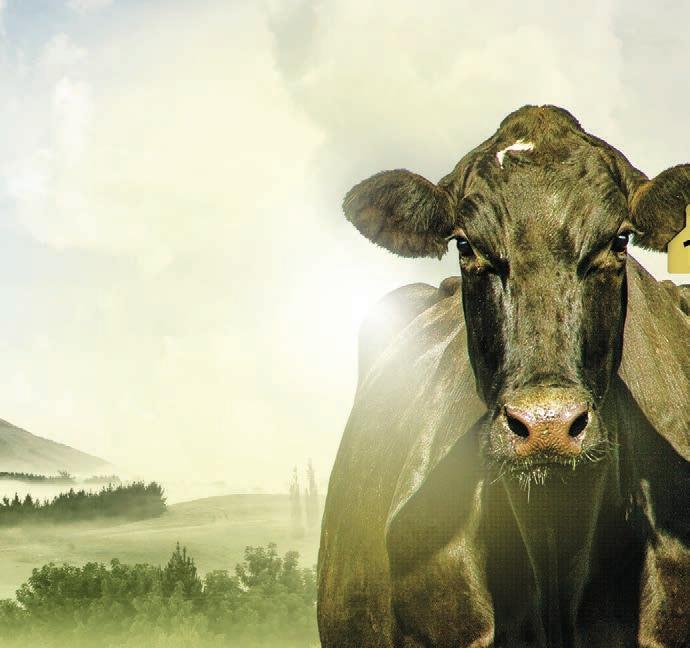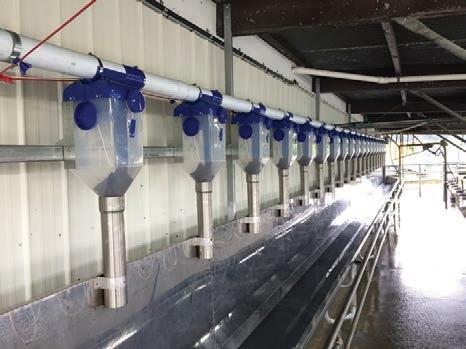
4 minute read
Many hands make farm work
by AgriHQ
Industry experts and the on-farm team all bring something to the task at hand.
By Audrey Hayes
AWaikato farming couple believe no farm is ever complete, and improvements can always be made. Taking to new technology and enlisting the help of industry experts has turned their four farms into an astonishing success story.
But Craig and Kylee Mora say none of it would be possible without the supportive team they’ve built in the past 10 years since they first went into partnership with Craig’s parents.
Their team milk 1700 Friesian and Friesian Cross cows across the four farms at Ōtorohanga, covering 488ha for the dairy operation. Each farm is run independently, with contract milkers Ben Stewart and Deep Gill running their own teams. With their team’s help, they produce 1500-2000kg MS per hectare, at around 480-550kg per cow. The largest herd in the farm group is 580, and the smallest is 245.
They tackle their role of running the partnership with an understanding that teamwork is at the heart of what they do, and there is always more to learn.
Craig came back to dairy farming full time after 14 years as a rural manager at ASB, which he says taught him the value of being part of a team.
“Within the industry at times people have referred to their team members as workers, and well, they’re not. They’re a team member, and we try to make them feel valued.”
Before that, he completed a Bachelor of Commerce in farm management at Lincoln University.
He says both his and Kylee’s parents really emphasised the importance of getting out and trying different things before coming back to farming.
“I love farming because everyone is different, there’s no one right way to get things done. There are always different ways of doing things, and every system is different. You can go to one farmer, and he will have one way of doing things and reasons for why he does it. But another farmer in New Zealand will have a totally different system,” Craig says.
But for Craig, there really was no other option. He knew he wanted to be a farmer from a young age, and though he took his parent’s advice and worked in the corporate setting for a while, he was more than ready to get back to the farm. Even when he was working at ASB, he would always take a few weeks off to help with calving and would relief-milk whenever he could.
Kylee had always been drawn to going overseas and studied tourism. After
Farm Facts
• Farm owners: BBC Farms
Holdings Limited
• Location: Ōtorohanga, Waikato
• Farm size: Four farms totalling 488ha for dairy operation
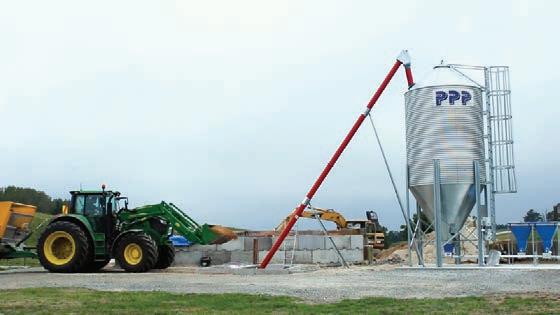
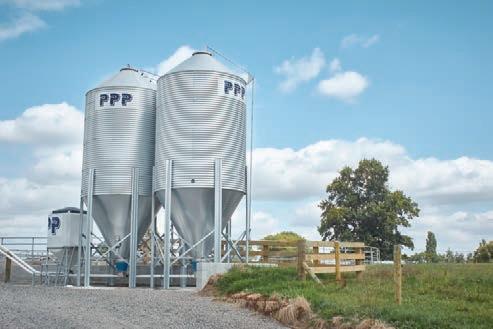
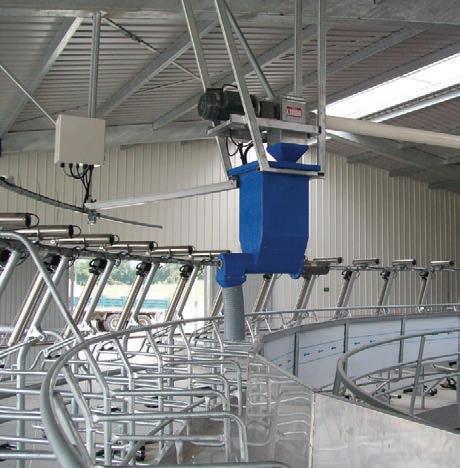
• Cows: 1700 Friesian, Friesian cross
• Production: 2021-2022: 805,000kg
MS/ha
• Production target: 20222023: 810,000kg
MS/ha spending a little time overseas, she came back to New Zealand and worked on her parents’ farm. In 2008 she started working for LIC, spending around five years in that role before moving up to field and sales. She worked in that role for another five years before resigning to be on farm.
“My parents encouraged me to apply
Continued page 20 for the role at LIC, they both actually met at LIC back in the day. I was unsure of what I wanted to do and it was in an industry that I love, and my career developed from there,” Kylee says.
Her parents farm nearby, so the Moras have found themselves surrounded by plenty of support from their team and families.
“I suppose what we’ve learnt is that having farms in close proximity has been good. We’ve also found having family support close by has been positive for us,” Craig says.
This support has allowed them to work on expanding their farming operation. Craig’s parents owned their farm, and in 2013 the family started a partnership and expanded from the 220-cow dairy operation to purchase the neighbouring property. There’s a total of up to 16 staff at any time in the year, including Kylee, Craig and his parents, hitting a high around calving.
Steady growth allowed them to purchase what they call the bottom farm in 2018, and then in 2020 they took on a lease farm close by. This was quickly followed with the purchase of another 210ha dairy farm in 2022, which they converted to a drystock farm.

“It’s all based off my parents originally,” Craig says.
“The original farm was next door. Whilst they leave a lot of the stuff to us, ultimately they’re still very much a part of it.”
Three of the farms are in the partnership, with 1450 cows in one entity and 250 still owned by Craig’s parents, but they choose to run them together.
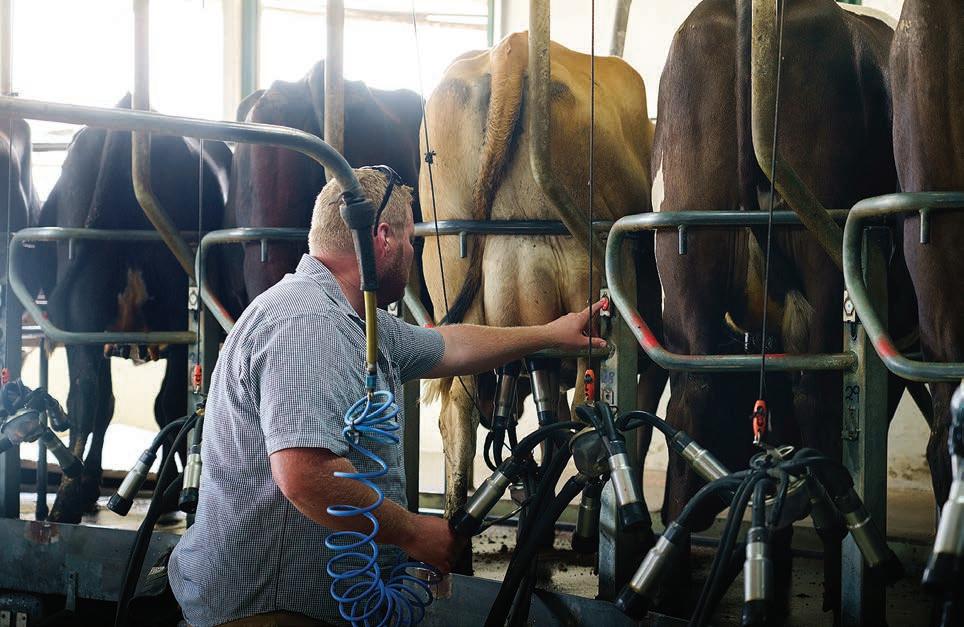
Some team members have been around since the partnership was started.
“Deep worked for the previous owner, so he’s been with us since 2013, and he now has a family and is making his own way. Deep contract milks my parent’s farm, Burr and Waipa. So, he milks 1200 cows across three farms. Ben and his family joined us when we bought the bottom farm, so he’s been here since 2018 and he contract milks that with his team there. We’re real lucky to have those two guys as part of the team,” Craig says.
As the farms are run somewhat independently, they each have different equipment. Two of the farms are 42- and 44-bail internal rotaries, and two are 20and 36-bail herringbones. While they all have feed pads, only two currently have in-shed feeders. Every cow is fitted with a CowManager ear sensor, and as of this year, all of the sheds now have Protrack drafting gates.
Any changes in equipment or technology have been made to help with risk mitigation.
“The biggest risk for us is having a key person. We’ve got great people on the ground but relying on that key person for 10 weeks during mating was a real risk. And with the ever-changing environment, we potentially won’t be keeping these great people forever. So, we put a lot of thought into how we can minimise risk of change,” Craig says.
One thing Craig learnt from his parents was the value of measurements and accuracy, and that is something he has carried through into the running of the farms when it comes to making sure his cows are fed well.
“From a management point of view, we enjoy having well fed cows. I don’t
